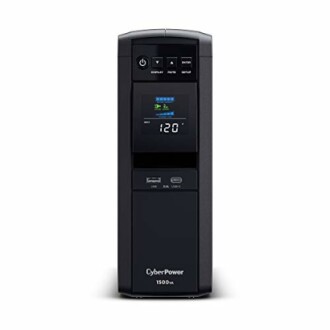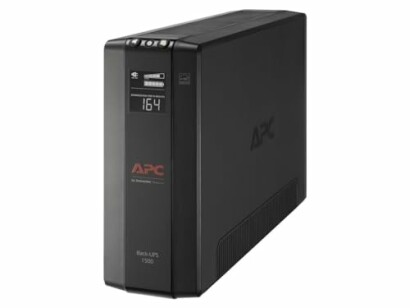
How to Choose the Right Battery Backup System
Key Takeaways
- Look for systems with adequate capacity to support your essential devices.
- Consider the run time to ensure your equipment is powered during outages.
- Familiarize yourself with important features like surge protection and automatic voltage regulation.
- Research brands and product specifications to find reliable and efficient options.
Choosing the right battery backup system can be challenging, especially with so many options available. This guide will take you through the crucial aspects to consider when selecting a battery backup for your home or office, including capacity, runtime, and trusted brand recommendations. Let's dive into what you need to know!
Understanding Battery Backup Systems
A battery backup system, often referred to as an Uninterruptible Power Supply (UPS), is designed to provide temporary power during outages. These systems protect sensitive equipment from sudden power loss and often come with added features like surge protection and voltage regulation. Evaluating these systems properly ensures that you always have reliable backup during critical moments.
Capacity and Power Rating
Capacity is one of the most crucial factors when selecting a battery backup system. This rating tells you how much power the unit can supply for a certain duration. Here are some common power ratings:
| Power Rating | Typical Usage |
|---|---|
| 500VA - 1000VA | Small devices, routers, and modems. |
| 1000VA - 1500VA | Computers, monitors, and networking equipment. |
| 1500VA and above | Server systems and multiple devices. |
Runtime Considerations
Understanding how long your battery can power your devices during an outage is essential. A shorter runtime is typically sufficient for brief outages, while longer run times are necessary for prolonged blackouts.
- 5-10 minutes: Suitable for saving work and shutting down devices safely.
- 30 minutes: Enough for brief interruptions or low-power devices.
- 1 hour or more: Ideal for businesses or important systems that require continuity.
Essential Features to Look For
While evaluating battery backup options, consider the following essential features:
- Surge Protection: Protects devices from voltage spikes.
- Automatic Voltage Regulation (AVR): Adjusts voltage levels without switching to battery power, preserving battery life.
- Number of Outlets: Ensure there are enough outlets for your devices.
- LCD Display: Provides information about battery status and power conditions.
Brand Recommendations
Some brands are well-known for their reliability and efficiency in the UPS market. Below are two excellent options:
CyberPower CP1500PFCLCD PFC Sinewave UPS System
With a 1500VA rating and multiple outlets, this UPS provides comprehensive protection and features such as a multifunction LCD panel.
Learn MoreAPC UPS 1500VA UPS Battery Backup and Surge Protector
This model offers effective surge protection and 10 outlets, ensuring your devices remain powered during outages.
Learn MoreWhere to Buy Battery Backup Systems
You can find a variety of battery backup systems at multiple consumer electronics retailers. Consider analyzing specifications, user reviews, and warranty offers when making your choice. For further insights, check out our resources on comparing top power stations and maintaining your energy kits.
Conclusion
Choosing the right battery backup system can significantly enhance your preparedness for power outages. Remember to evaluate factors like capacity, runtime, and essential features to ensure you select a unit that meets your needs. Don't hesitate to read reviews and gather additional information before making a purchase to find the best battery backup system for you.
Tips for Beginners
- Assess which devices are critical during an outage.
- Calculate the total power requirement.
- Look for systems with a manageable weight for easy relocation.
- Consider systems with energy-saving features.


